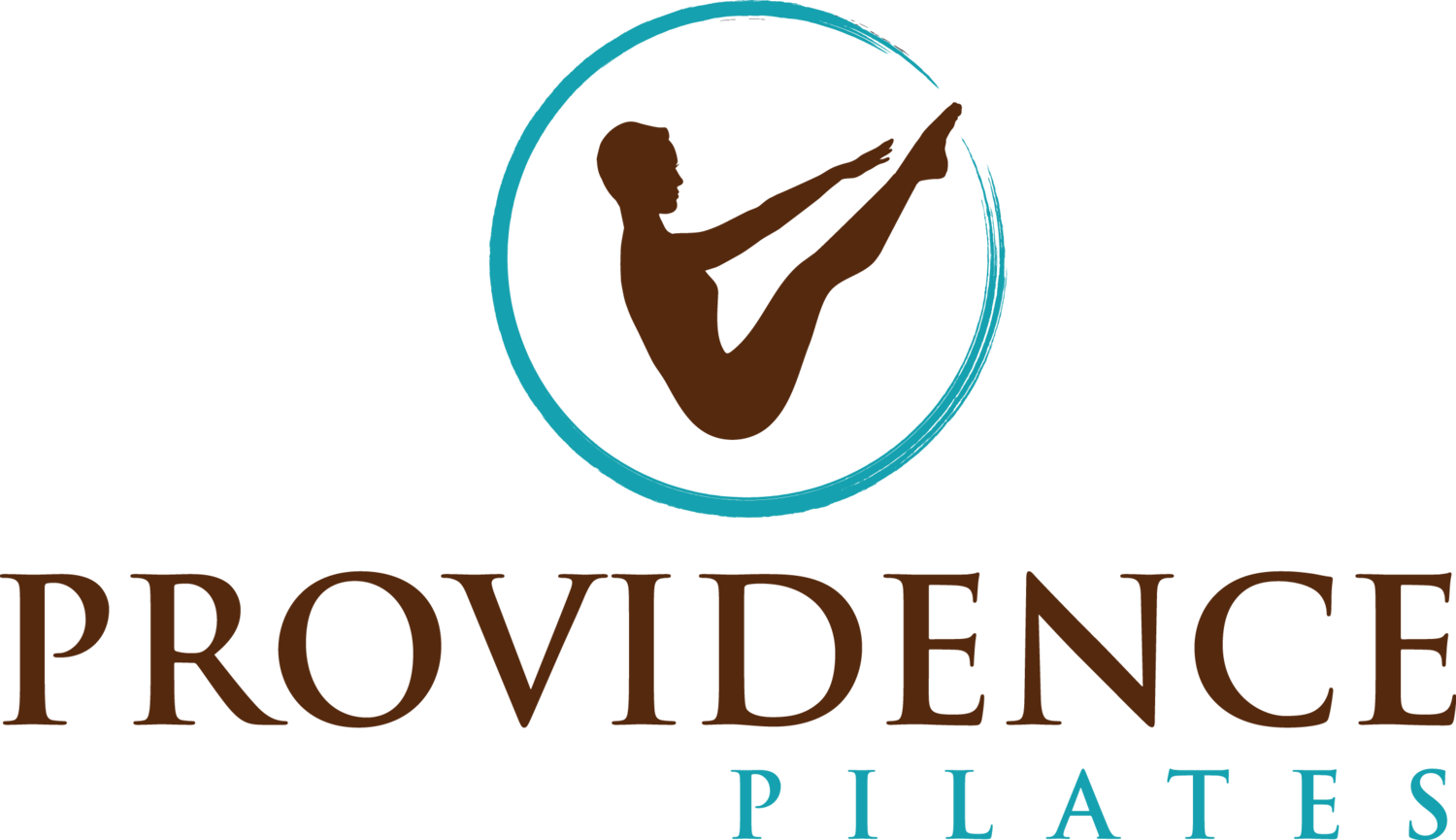Don’t Hold Your Breath
I like to prompt my clients with a quick question, "What happens when we stop breathing?". The answer is exactly what you think. Die.
A little morbid but nonetheless true. For Joe Pilates, he recognized how vital breath was... not only as the facilitator of movement, but as a means to living better.
Although breathing is a part of the accepted six Principles of Pilates, it's not so evident that Joe Pilates actually taught a specific breath pattern. But as Pilates works to strengthen the core, something called lateral breathing naturally (and forcibly) begins to happen.
Lateral breathing directs the breath towards the backside of the body and expands the rib cage as opposed to a more frontal breathing where it seems as though you are pushing out the low belly. This redirection of breath allows for the core to remain engaged as you inhale while reconnecting the rib cage as the air is expelled. Breathing in this manner can allow for a full breath of fresh air in to fill the lungs with a full exhalation of stale air. This way of breathing makes the most sense in our line of work. Constant powerhouse engagement means better form. *A little tip to remembering the process: typically, our inhale expands and lengthens the body while the exhale is the effort and contraction of the muscles.
But at the end of the day, finding a natural breath is key. To get a little scientific : as you breathe, your lungs convert oxygen into energy and expel carbon dioxide (waste) from the body. When your body is at work, your muscles require more oxygen. To satiate this extra energy demand, you have to increase your breathing. As you focus on linking breath to your exercise, your muscles will work more efficiently. This is why we also encourage natural breath. So remember to just breathe. Holding your breath creates tension, weakens your blood circulation, and lessens your breathing reserve.
Your breathing will only strengthen as you continue to concentrate on the proper movement form, another key principle of Pilates. Being able to actively focus on what muscle is working and where you are in space will only initiate better breathing patterns. And, aside from the physical benefits, you can also cultivate a mindfulness through thoughtful breathing. In times of stress, we tend to hold our breath. Being able to decelerate the mind and breathe with ease helps release outside stressors and anxiety and ease our fight or flight emotions.
Next time you are in class, listen to your breath. Are you in sync with your instructors cues? Are you aware of the breath patterns in the roll up? Maybe find a different engagement in your next class. And remember, you woke up six feet above ground so stick with it.
by Andrea "Andi" White
